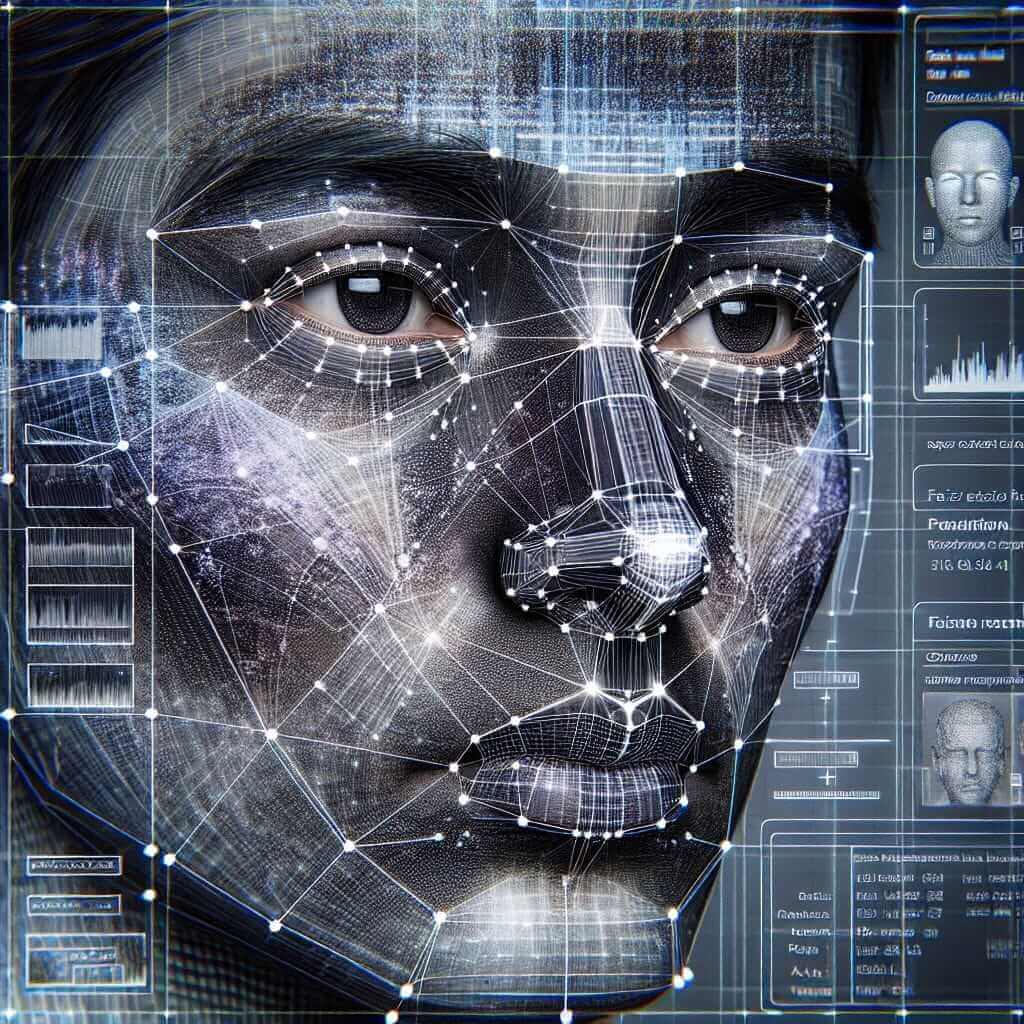The IELTS Reading section tests your ability to comprehend and analyze written English. With advancements in technology, the impact of artificial intelligence (AI) on various aspects of our lives has become a popular and recurring topic. One significant concern is how AI affects privacy in the digital age. This modern and critical subject might very well appear in future IELTS exams, given its relevance and increasing prominence. Let’s dive into a comprehensive reading practice on this topic to enhance your preparation for the IELTS Reading section.
Reading Passage: AI and Privacy in the Digital Age
Title: How AI Shapes Privacy in the Digital Age
In the digital age, artificial intelligence (AI) has revolutionized how we interact with technology, but it also raises significant privacy concerns. AI systems are designed to process vast amounts of data to make informed decisions. This capability, while beneficial in many areas, poses serious threats to individual privacy.
AI-powered technologies such as facial recognition, data mining, and behavioral analysis collect, store, and analyze personal data with increasing precision. These technologies can identify and track individuals across various platforms, often without their explicit consent. The data collected can be used for targeted advertising, personalized content, or even surveillance by government agencies.

One major area of concern is the lack of transparency in how AI algorithms operate. Many AI systems function as “black boxes,” where the decision-making processes are not fully understood even by their creators. This opacity makes it difficult for individuals to know how their data is being used and to hold systems accountable for misuse.
Additionally, data breaches have become more frequent as cybercriminals target massive datasets managed by AI. These breaches can lead to unauthorized access to sensitive personal information, causing significant harm to individuals and organizations alike.
AI’s role in privacy also extends to biased decision-making. AI systems trained on biased data can reinforce and amplify existing prejudices in society. For instance, an AI algorithm used in hiring processes might unfairly disadvantage certain demographic groups, leading to discrimination and loss of privacy.
Despite these challenges, AI also has the potential to enhance privacy protections. Techniques such as differential privacy and federated learning are being developed to allow data analysis while safeguarding individual privacy. Differential privacy adds noise to data sets to obscure individual data points, while federated learning enables AI models to train on decentralized data without transferring it to a central location.
In conclusion, while AI brings many advancements, it also necessitates a careful consideration of privacy implications. Balancing the benefits of AI with robust privacy protections is crucial as we navigate the digital age.
Practice Questions
Multiple Choice:
-
What is the main concern highlighted about AI in the article?
a. AI’s potential to improve healthcare.
b. AI’s role in enhancing privacy.
c. AI’s threats to individual privacy.
d. AI’s ability to replace human jobs. -
Which of the following technologies is NOT mentioned as a privacy concern related to AI?
a. Facial recognition.
b. Data mining.
c. Behavioral analysis.
d. Healthcare diagnostics.
True/False/Not Given:
- Data breaches caused by AI are infrequent.
- AI can sometimes make biased decisions due to biased data sets.
- Federated learning involves centralizing personal data to train AI models.
Matching Headings:
- Match the following headings with the correct paragraph:
a. Potential Benefits of AI on Privacy
b. Lack of Algorithmic Transparency
c. Personalized Content and Surveillance
d. Data Breaches and Cybersecurity Threats
Sentence Completion:
- AI systems are often described as ____, where their decision-making processes are not fully understood.
- Techniques like differential privacy aim to ____ individual data points.
Summary Completion:
Fill in the blanks using no more than two words.
AI systems collect and analyze vast amounts of personal data, which can pose serious ____. These systems often operate as ____, making it difficult to understand their decision-making processes. Techniques like differential privacy and ____ learning aim to protect ____ while allowing data analysis.
Answer Key:
Multiple Choice:
- c. AI’s threats to individual privacy.
- d. Healthcare diagnostics.
True/False/Not Given:
- False.
- True.
- False.
Matching Headings:
- a. Potential Benefits of AI on Privacy – Paragraph 7
b. Lack of Algorithmic Transparency – Paragraph 3
c. Personalized Content and Surveillance – Paragraph 2
d. Data Breaches and Cybersecurity Threats – Paragraph 4
Sentence Completion:
- black boxes
- obscure
Summary Completion:
- threats
- black boxes
- federated
- privacy
Common Mistakes:
- Misinterpreting “black boxes” in AI: Understand that it refers to the lack of transparency in algorithm decision-making.
- Confusing techniques like differential privacy and federated learning: Both protect data but in different technical manners.
Vocabulary:
- Revolutionized (verb): To completely change something, usually in a positive way.
- Opacity (noun): The quality of lacking transparency or clarity.
- Bias (noun): A prejudice in favor or against one thing, person, or group compared with another.
- Differential Privacy (noun): A privacy-preserving technique that adds noise to data.
Grammar Structure:
- Conditional Sentences: “If AI systems are designed to process vast amounts of data, they…”
- Formula: If + present simple, + will + base verb.
Advice for a High IELTS Reading Score:
- Practice regularly with various reading materials, especially those related to current events and technology.
- Familiarize yourself with different question types and develop strategies for each.
- Enhance your vocabulary by reading extensively and using new words in context.
- Focus on understanding the main ideas and implications of a passage, rather than just details.
For more insights, you can visit related articles like How is Technology Enhancing Disaster Response Capabilities?.